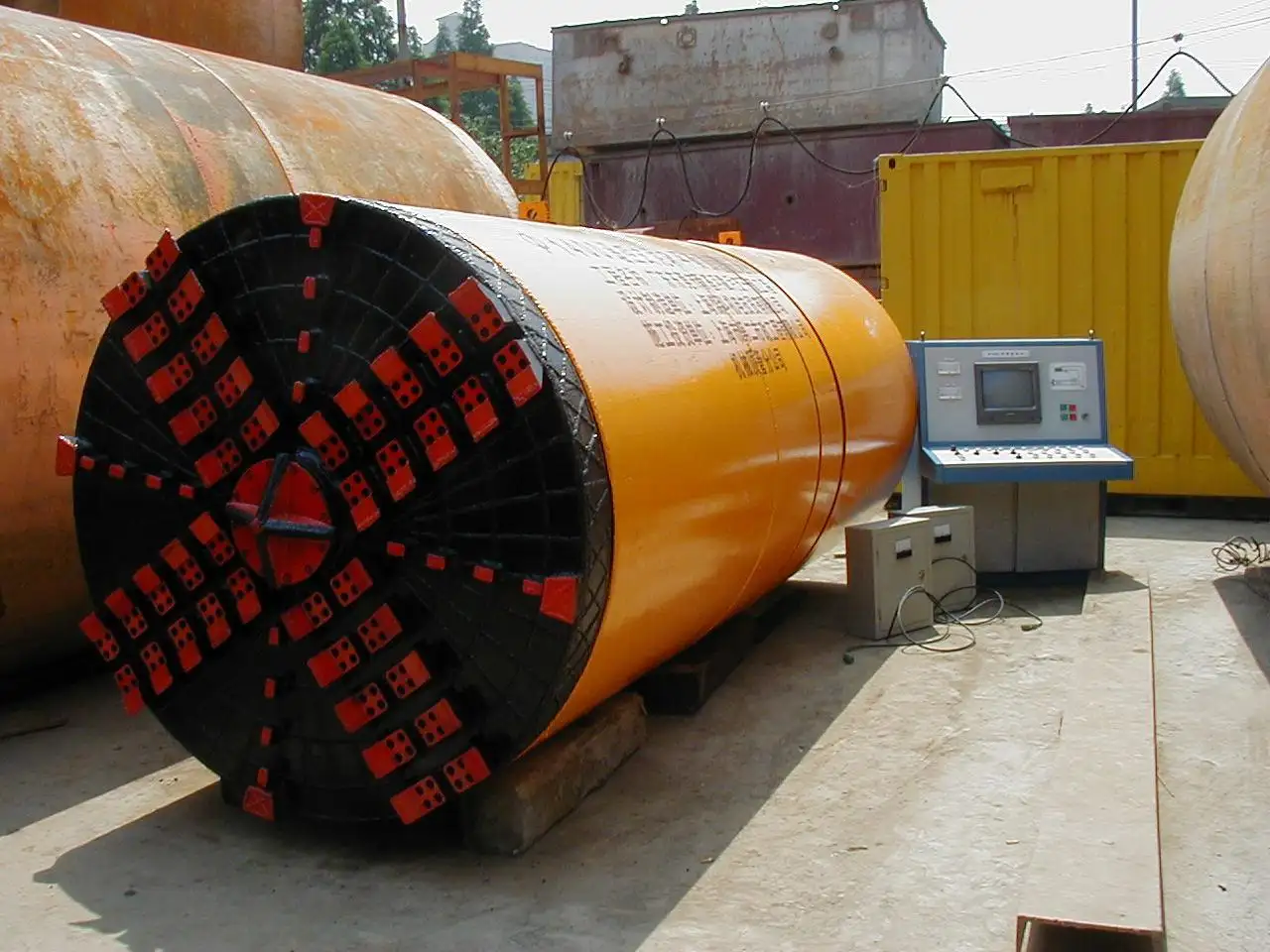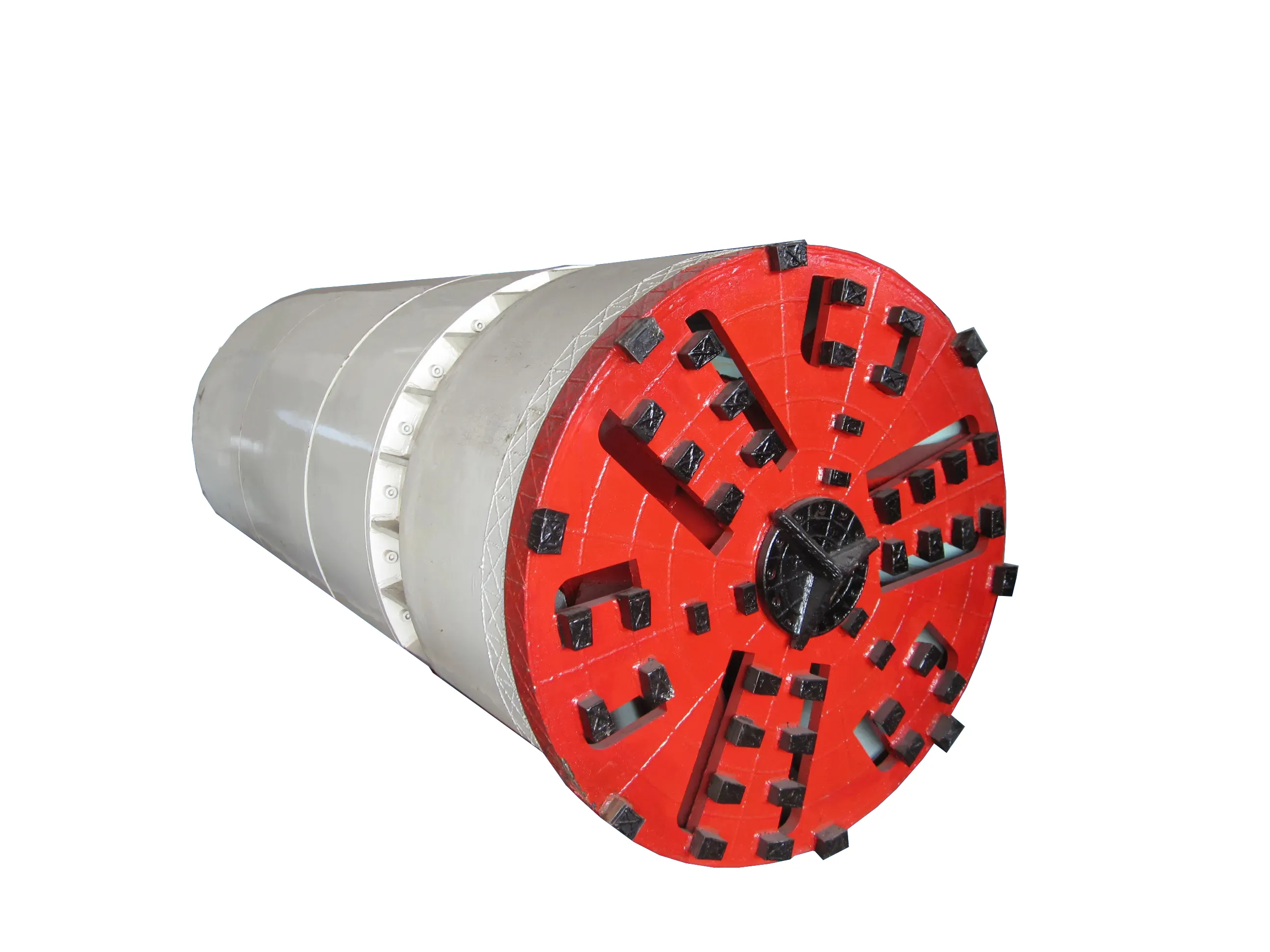Revolutionizing Underground Construction Through Modern Technology
The trenchless equipment industry has witnessed remarkable transformations in recent years, fundamentally changing how we approach underground infrastructure projects. These innovations have redefined efficiency, cost-effectiveness, and environmental sustainability in underground construction and rehabilitation work. From sophisticated drilling systems to advanced guidance technologies, the evolution of trenchless equipment continues to push the boundaries of what's possible in subsurface operations.
Modern trenchless equipment has become increasingly sophisticated, incorporating cutting-edge technologies that enable precise navigation, reduced surface disruption, and enhanced project outcomes. These advancements are particularly crucial as urban infrastructure ages and the demand for underground utility installations grows exponentially.
Digital Integration in Trenchless Operations
Smart Monitoring Systems
The integration of smart monitoring systems has revolutionized how trenchless equipment operates in the field. These systems provide real-time data on crucial parameters such as drilling pressure, rotation speed, and tool orientation. Operators can now make instant adjustments based on accurate feedback, significantly improving project precision and reducing the risk of errors.
Advanced sensors and IoT devices embedded in trenchless equipment enable continuous monitoring of performance metrics and environmental conditions. This wealth of data helps optimize operations and predict maintenance needs before problems arise, minimizing costly downtime and extending equipment lifespan.
GPS and Navigation Technologies
Modern trenchless equipment now incorporates sophisticated GPS and navigation systems that provide unprecedented accuracy in underground operations. These technologies enable operators to precisely guide equipment through complex underground paths while avoiding existing utilities and obstacles.
The latest navigation systems include ground-penetrating radar (GPR) integration, offering detailed subsurface mapping capabilities. This technology allows crews to visualize underground conditions in real-time, making informed decisions about route adjustments and ensuring project success.

Enhanced Drilling Technologies
Advanced Boring Systems
Recent developments in boring technology have led to more powerful and efficient trenchless equipment. New drilling heads incorporate advanced materials and designs that can handle various soil conditions while maintaining optimal performance. These improvements have significantly increased boring speeds and reduced wear on equipment components.
Modern boring systems also feature automated thrust control and rotation management, ensuring consistent performance throughout the drilling process. These innovations have made it possible to complete longer runs with greater accuracy, expanding the scope of possible trenchless projects.
Improved Cutting Tools
The latest cutting tools used in trenchless equipment demonstrate remarkable advances in durability and efficiency. New carbide compositions and coating technologies extend tool life while maintaining superior cutting performance across different geological conditions.
These enhanced cutting tools also feature modular designs that allow for quick replacement of worn components, reducing maintenance downtime and improving overall project efficiency. The ability to easily swap out cutting elements has proven particularly valuable in challenging ground conditions.
Environmental and Safety Innovations
Eco-friendly Solutions
Modern trenchless equipment increasingly incorporates environmentally conscious features. New drilling fluid systems utilize biodegradable additives and closed-loop recycling processes, minimizing environmental impact while maintaining optimal performance.
Electric and hybrid power systems are becoming more common in trenchless equipment, reducing emissions and noise pollution. These sustainable solutions not only benefit the environment but also allow operations in sensitive areas where traditional diesel-powered equipment might be restricted.
Enhanced Safety Features
Safety innovations in trenchless equipment have taken center stage, with new systems incorporating advanced protective features. Automated emergency shutdown systems and improved operator interfaces reduce the risk of accidents and enhance worker safety.
Remote operation capabilities have also been integrated into modern trenchless equipment, allowing operators to control machinery from a safe distance when working in hazardous conditions. These features, combined with improved training simulators, have significantly enhanced workplace safety.
Frequently Asked Questions
What is the typical lifespan of modern trenchless equipment?
Modern trenchless equipment, when properly maintained, typically has a lifespan of 10-15 years. However, this can vary significantly based on usage patterns, maintenance schedules, and operating conditions. Regular maintenance and timely updates to digital systems can extend equipment life considerably.
How does weather affect modern trenchless operations?
While modern trenchless equipment is designed to operate in various weather conditions, extreme temperatures and precipitation can impact performance. Advanced monitoring systems help operators adjust parameters accordingly, and many newer models include weather-resistant features to maintain optimal functionality regardless of conditions.
What training is required to operate modern trenchless equipment?
Operating modern trenchless equipment requires comprehensive training that covers both traditional operating skills and digital system management. Operators typically need certification in equipment operation, safety protocols, and digital control systems. Many manufacturers offer specialized training programs and ongoing education to keep operators current with new technologies.

 EN
EN
 AR
AR BG
BG HR
HR CS
CS FR
FR DE
DE EL
EL HI
HI IT
IT JA
JA KO
KO RO
RO RU
RU ES
ES TL
TL ID
ID LT
LT SK
SK SL
SL UK
UK VI
VI ET
ET TH
TH TR
TR FA
FA AF
AF MS
MS HY
HY AZ
AZ KA
KA BN
BN LO
LO LA
LA MN
MN NE
NE MY
MY KK
KK UZ
UZ KY
KY